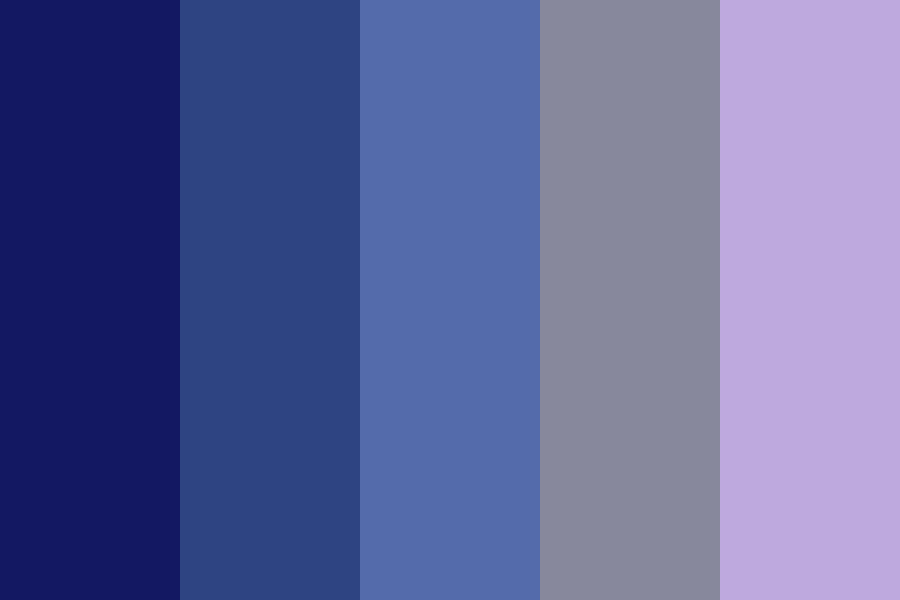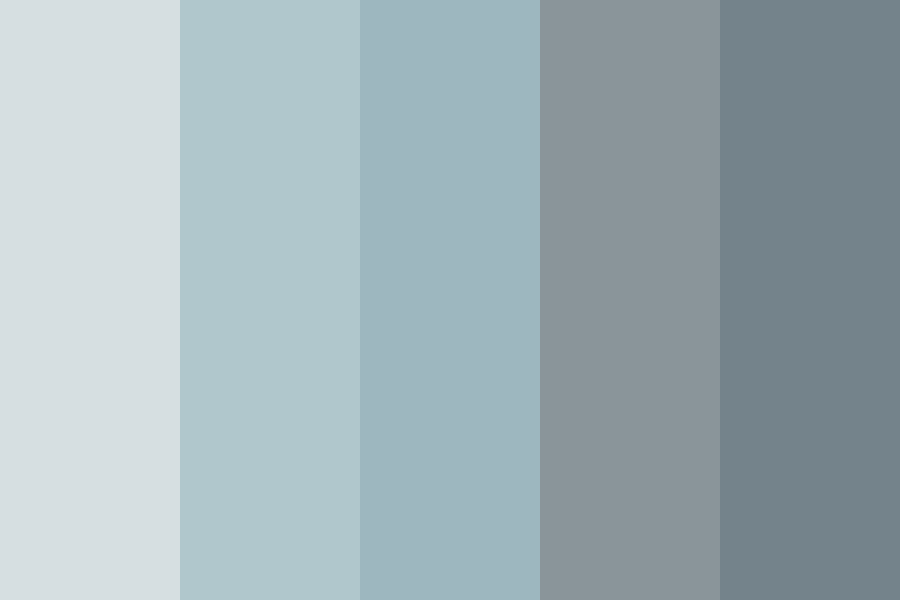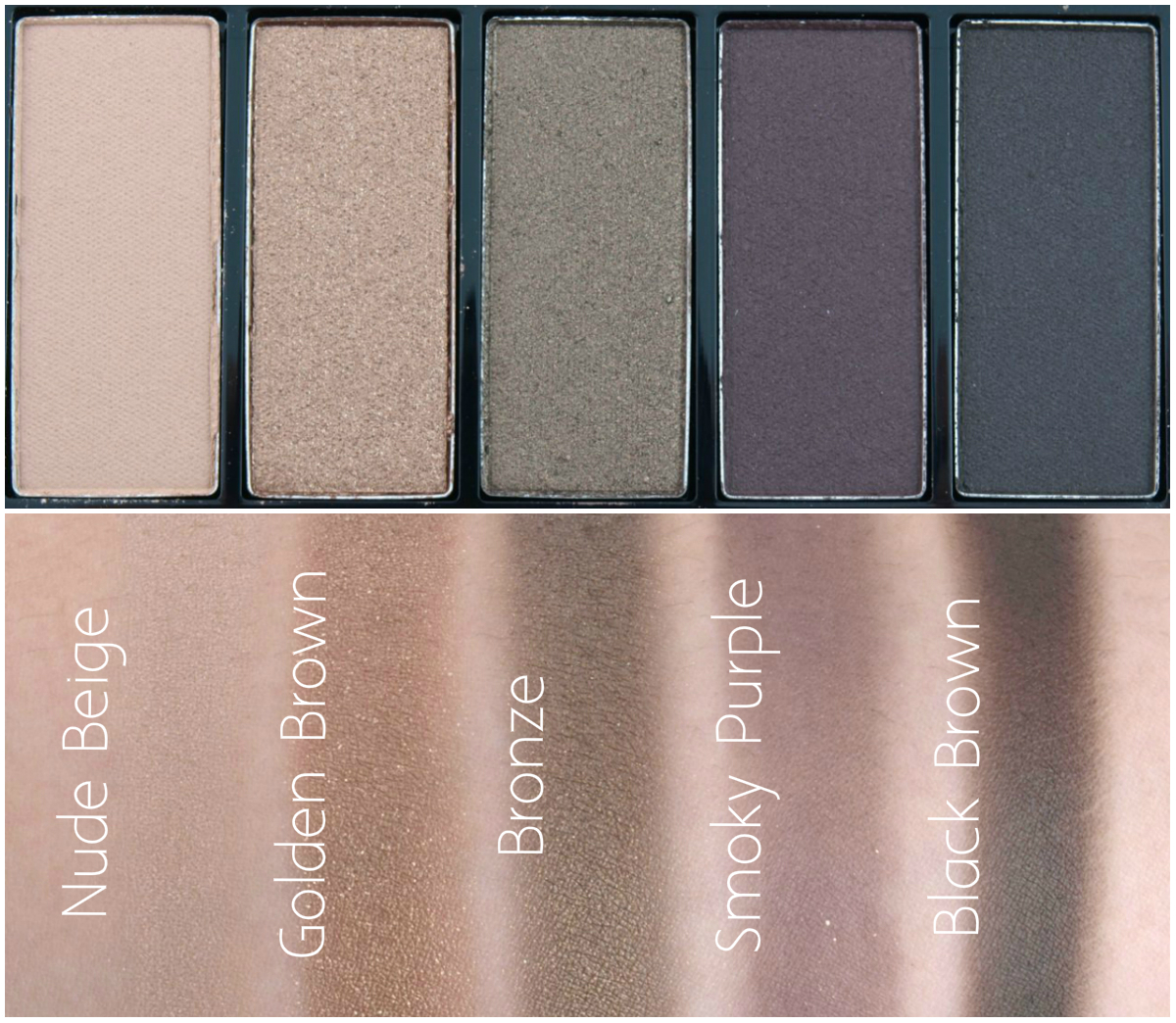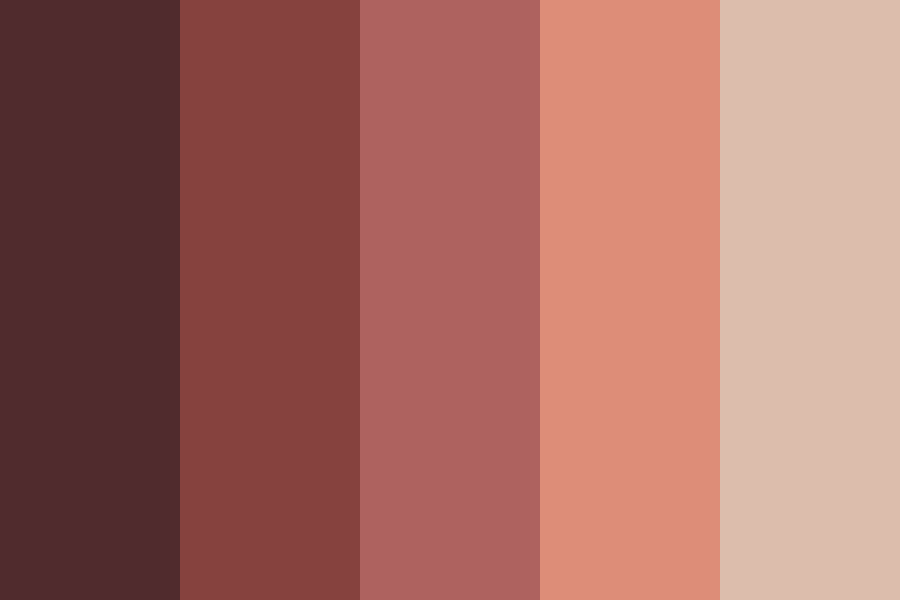
Almost all the artists have few monochrome paintings in their life. But moreover, what makes it so special? What makes it top class ?īecause working with monochrome is playing and experimenting with the lights and values - that takes artistic courage. It is indeed hard- to establish all the values with a single colour. Monochrome paintings are considered to be the avant-grade paintings.
#Monochrome night time palette free
So you are free to take tips, tricks and ideas from the procedure if you like, but the article will not be considered as a tutorial or a teaching material. While discussing, I will go through a procedure of a monochrome painting. Posted in Astronomy.DISCLAIMER: The following article is a discussion on the characteristics of monochrome paintings. For the first time ever, I was able to consistently guide with sub-0.5-arc-second accuracy. It’s also worth mentioning that the OAG I mentioned above did indeed improve my guiding. I wasn’t sure if that would be enough to produce a decent image, but working with PixInsight (and the Mastering PixInsight book by Rogelio Bernal Andreo) I was able to produce the image above, which I’m reasonably happy with for a first attempt at monochrome imaging. I ended up getting about 40 subs, with 16 of them being luminance and the rest were R, G, B, and Ha.

In this case, I only got about half that thanks to clouds that rolled in during the night. This time of the year, I’m lucky if I can grab 5 hours of data in an evening. One other recent addition is an off-axis guider (OAG) from ZWO in hopes of improving my guiding.

For M101, I chose to image with LRGB since it’s a broadband target, but also captured H-alpha data to jazz it up a bit. These would give me a good start with monochrome imaging. However, good nebula targets are few and far between in the night sky during the warmer months here in Colorado, so I settled for a fairly prominent galaxy, The Pinwheel Galaxy (M101), as my first monochrome target.Īlong with my camera, I acquired a set of LRGB (luminance, red, green, and blue) filters and a set of SHO (Sulfur II, Hydrogen alpha, and Oxygen III) filters (6-7 nm bandwidth) from Optolong, and a filter wheel from ZWO. Ultimately, I want to image nebulae using H-alpha, O-III, and S-II filters so that I can produce images that use a color palette similar to that of the Hubble Space Telescope. I’m not going to bore you with the details, but Sky & Telescope magazine published a good article describing the differences.

Imaging with a monochrome sensor and color filters yields a higher-resolution image that doesn’t require pixel-to-pixel interpolation like a color camera with a Bayer matrix. Why monochrome? In my opinion, the best astrophotographs I’ve seen have been shot using monochrome cameras, often with narrowband filters.

Monochrome imaging is something I hadn’t attempted before, and I was eager to give it a shot. Mine finally arrived, and all I needed was a decent night with clear skies to give it a try. After having used its color brother (the ASI533MC Pro) for over a year now, I was excited when ZWO announced the monochrome version a few months ago.
#Monochrome night time palette pro
This past week I finally received the brand-new ASI533MM Pro cooled monochrome camera from ZWO.


 0 kommentar(er)
0 kommentar(er)
